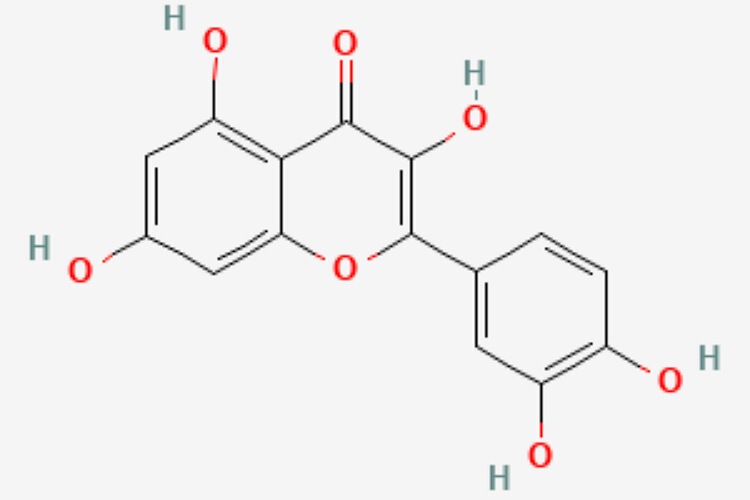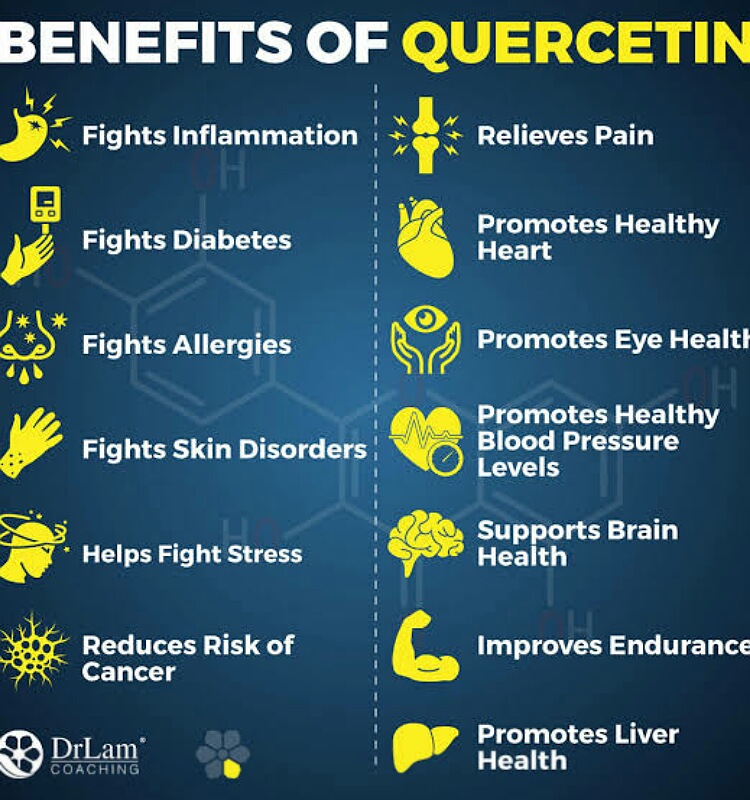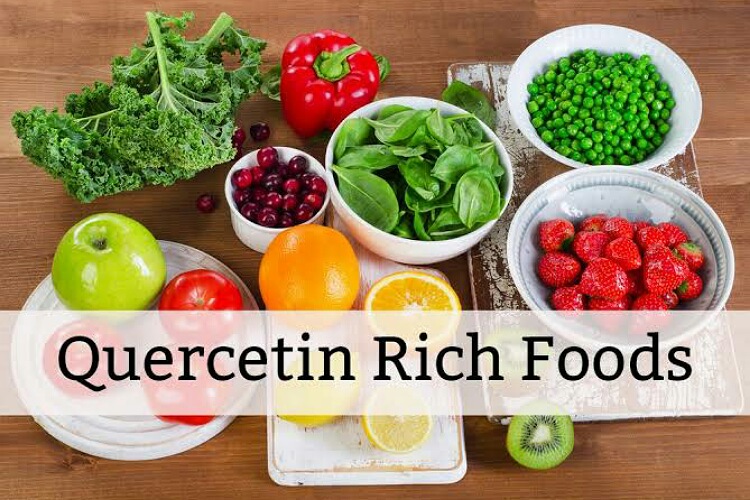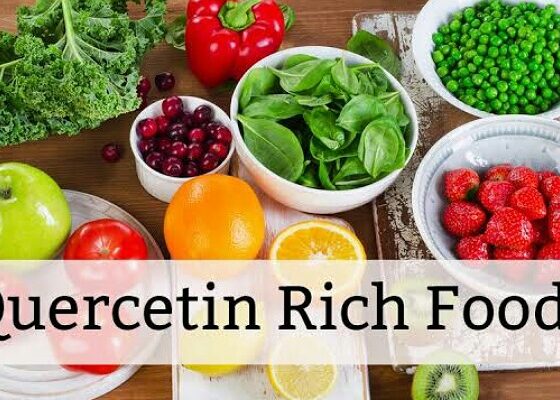Quercetin is a plant pigment that is beneficial for the human body. What are its health benefits? And which foods contain it?
The phytochemical: Quercetin
The compound, Quercetin is a plant pigment. Chemically, it is a flavonoid that is naturally found in certain foods and beverages. One can also have it through supplemental pills.
This pigment is beneficial for health. It possesses antioxidant and anti-inflammatory properties. Thus, it reduces body inflammation and also has ability to control blood sugar.

Moreover, it is protective for the heart and prevents chronic diseases of the body. Additionally, research has also uncovered its great use and potential benefit in brain health and in boosting the body’s immune function. It also has a vital role in weight management.
Health benefits
The human body synthesizes a lot of free radicals. The production of these radicals is more with pollutants, stress and an unhealthy lifestyle. These radicals cause cellular damage, increase the ageing process, cause gene mutations and alterations and also lead to chronic diseases. There is a high risk of cancer too if these free radicals remain and accumulate in the body. But quercetin has the potential to mop up these harmful free radicals and thus protect the body.

Further, this flavonoid also lowers blood pressure readings. It decreases the triglycerides levels and bad cholesterol levels in the blood. It can regenerate the blood vessels and improve circulation. All of these actions protect the heart and reduces the burden on it.
Moreover, the pigment has antimicrobial actions. It can fight against bacteria including the antibiotic resistant bacterial strains. It has an action against viruses and fungi as well. Studies in Alzheimer’s disease has shown that quercetin can help in lowering the progression of the disease. Limited studies have revealed that it also is useful for weight management.
Furthermore, the pigment boosts immune system. It reduces the number of sick days and causes a decline in the incidence of colds. Some small scale studies have looked at its use in the current coronavirus infection but the outcomes of the studies were variable.
Other usefulness of this flavonoid is in prevention and management of autoimmune diseases and PCOS. There are only a few studies in these two conditions using quercetin. And more trials are required to know whether this pigment could really help these cases.
Food sources
Colorful fruits and vegetables contain a lot of these pigments. Fruits that have this flavonoid include berries, cherries, apples, citrus fruits, pears and grapes.
And the vegetables that are packed with this antioxidant include broccoli, kale, onions, tomatoes, asparagus, sweet potatoes etc. Herbs like oregano, chives, cilantro and dill are also rich in this pigment. The beverages that contain these are black tea, red tea and red wine.

Also, read Durian: 8 unknown facts about this King of fruits!
Supplements of quercetin are also available. There is no recommended daily intake specified for it. Fruits and vegetables in ample quantities can meet the body requirements. It is generally safe for consumption with no major side effects known.
